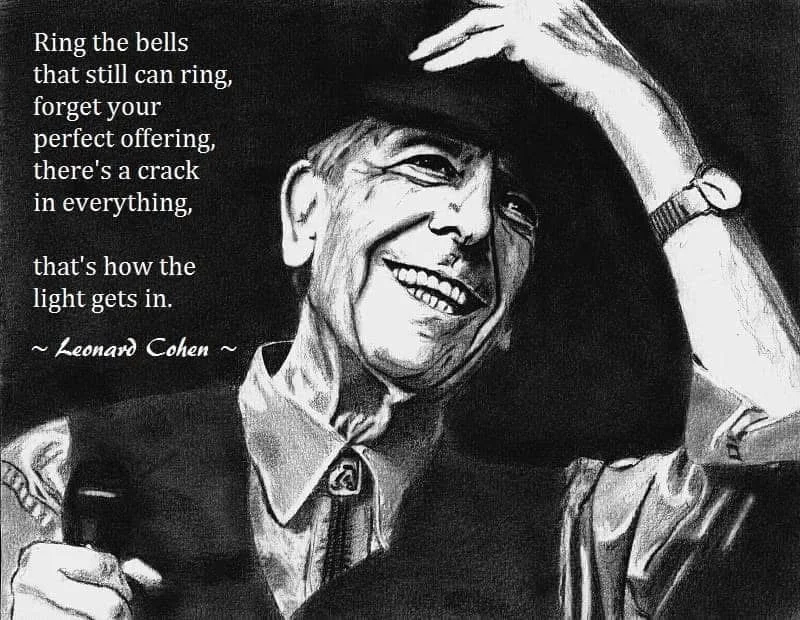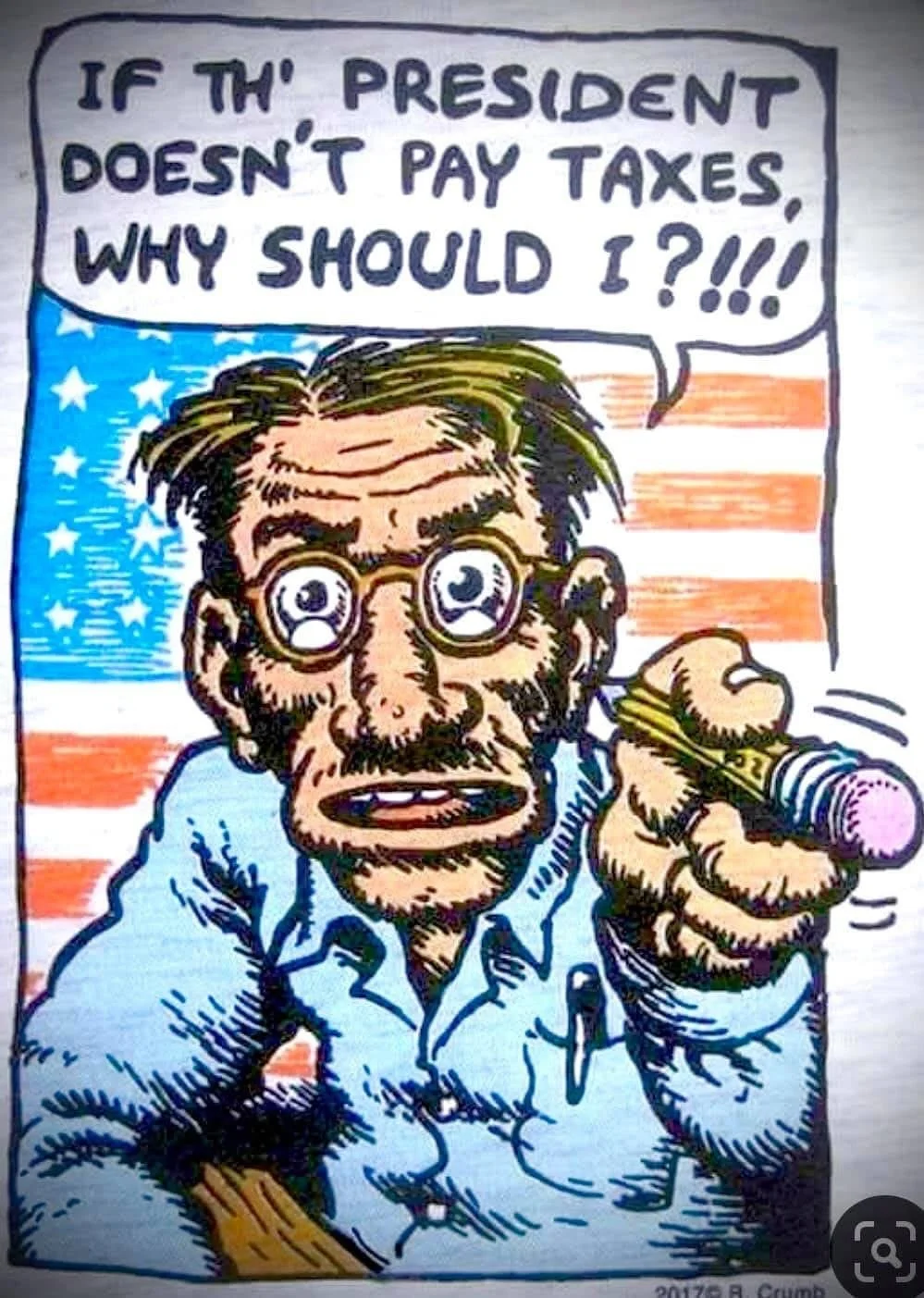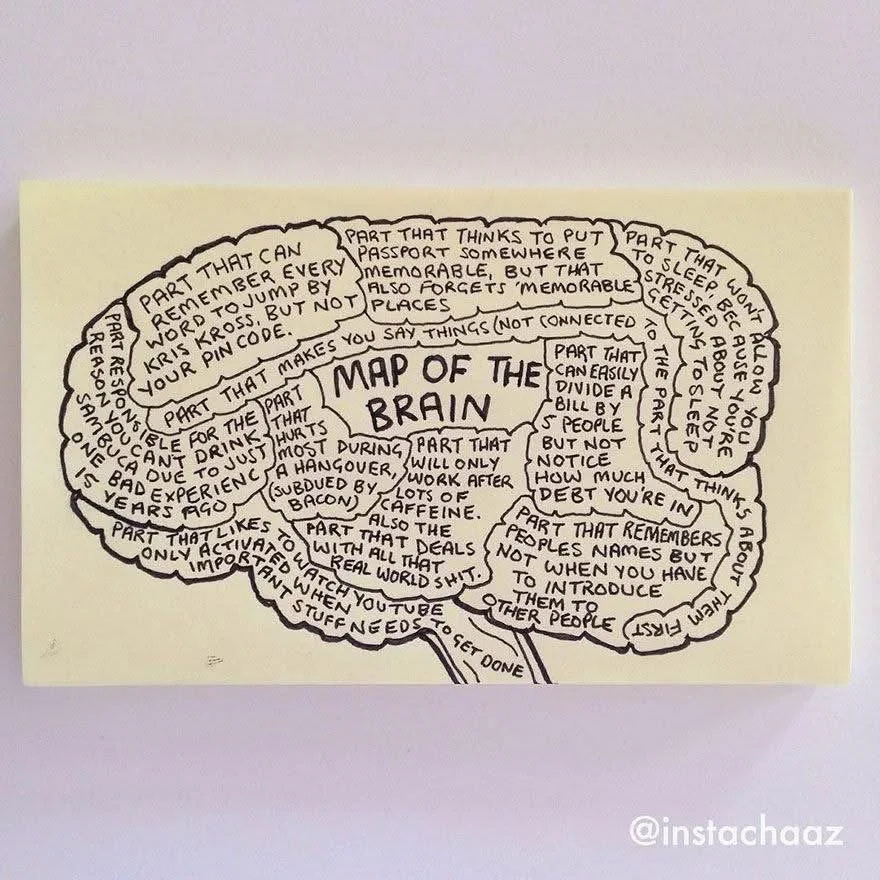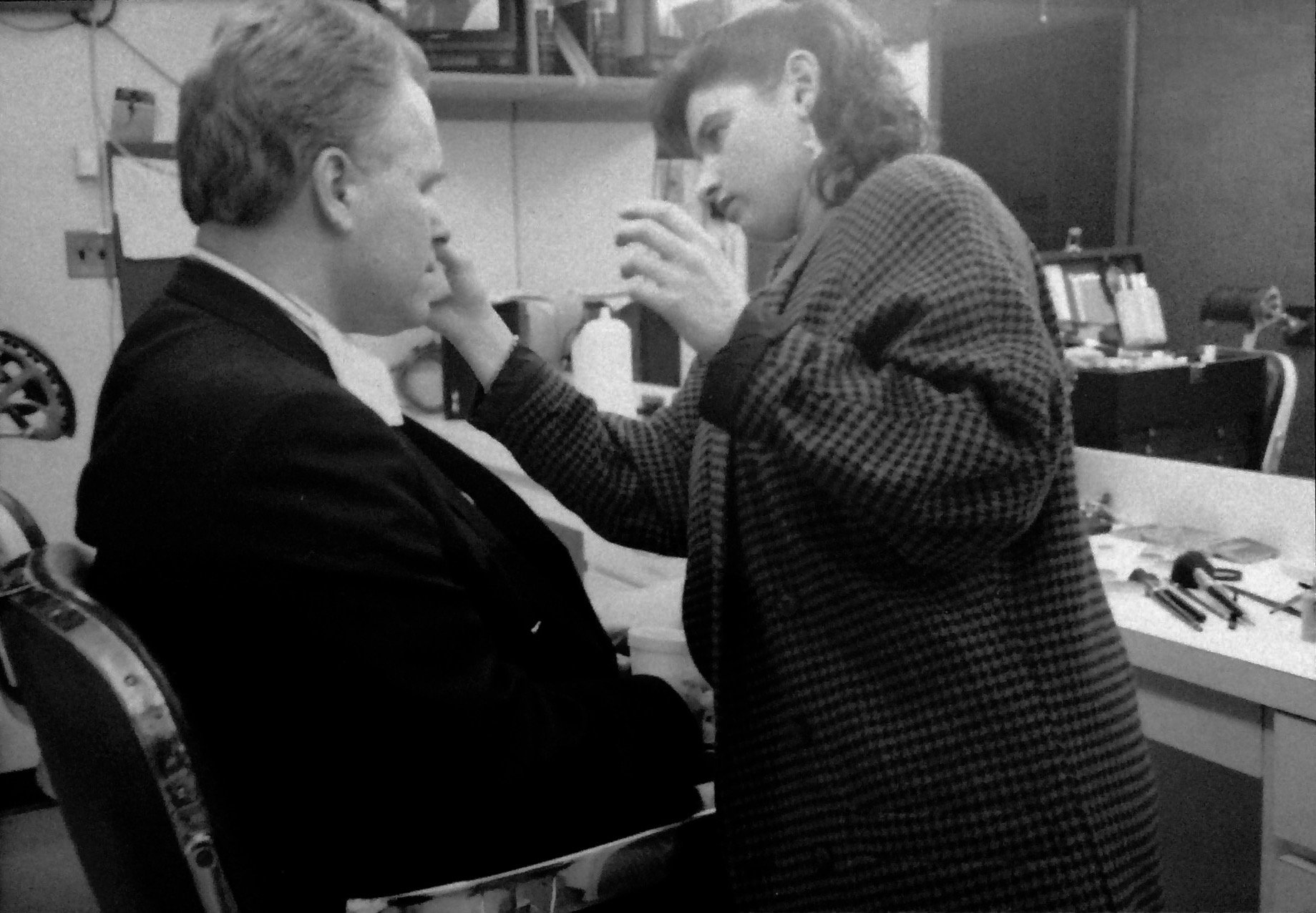Leonard Cohen
Ring the bells
Ring the bells

Coffee time.

Even then.

Robert Plant/Robert Plant

If you didn’t already know, this is what “jazz hands” are.

That caffeine region especially

In the makeup room, prior to my appearance on The David Letterman Show during my book promotion tour many years ago. The best thing about having to hang around backstage that night was getting to listen to musical guests Booker T and the MGs rehearse before their appearance.

When I was growing up, it seemed like there were hosiery stores on almost every block in the city. The photos below indicate that there was a large market for stockings back then. (The sharp-dressed man in the photo, by the way, is a young Michael Douglas.)



I am saddened to hear of his passing today. His paintings are very special to me.

Every day these days

I worked in Harvard Square for several years, and even though the changes have been profound in terms of retail stores and businesses - it went from eclectic to big-brand retail over the course of the past few decades - you can still find original treasures if you know where to look.



